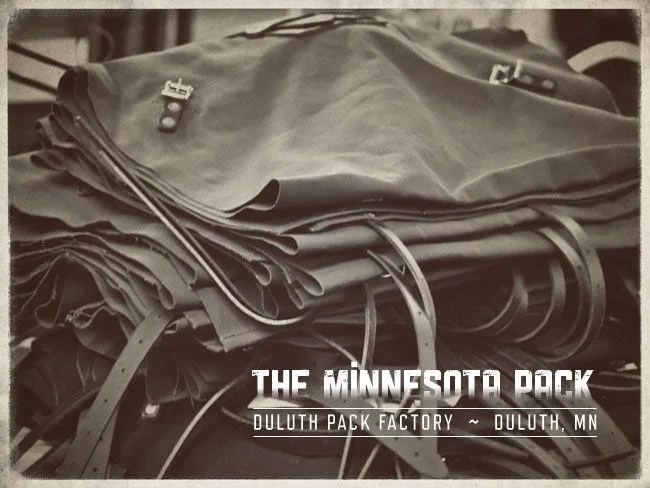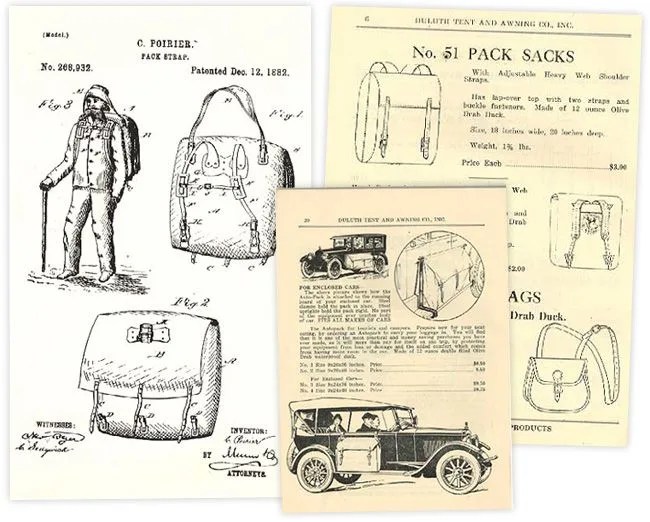 Gishani
GishaniTwo hours north of Minneapolis, up Interstate 35, after driving through farm and forest, you crest a high hill and the view explodes in your windshield. 1,000 feet below you sits the city of Duluth at the southwest corner of the largest lake in the world, Lake Superior. Its natural harbor is at the mouth of the St. Louis River and Duluth was once one of the busiest shipping ports in the world. The city once boasted the highest concentration of millionaires in the country, mostly shipping, lumber and iron ore barons. Their majestic mansions still line the shoreline of the big lake.
Nowadays, with a depressed economy and changes in the way freight is transported, Duluth’s glory is a bit faded. The city is better known now as the gateway to a natural playground, up the rugged North Shore towards Canada. Two more hours north finds you in moose and wolf country, the Boundary Waters Canoe Area Wilderness, a multi-million acre protected swath of Minnesota where you can get lost in a canoe, portaging from lake to lake without the chance of seeing anyone else or hearing even a boat motor for weeks.

Portaging
The Boundary Waters are a popular backcountry destination for adventurers every summer and it is a rite of passage for many a boy growing up in the Midwest. They venture out for multi-day trips in Kevlar canoes, laden with camping and fishing gear. It is not a vacation for the faint of heart. In June and July, if it’s not snowing, you run the risk of being eaten alive by blackflies and mosquitoes, if not the hungry black bears who take pleasure in marauding unsuspecting campers. Paddling is only half the battle. Portaging is the real challenge. Some of the portages (muddy trails between adjoining lakes) can be miles long and transporting your boat and booty overland requires strong shoulders and sure footing.
In 1882, French-Canadian immigrant, Camille Poirier, decided it was time to make a better way to transport gear through this wild country. He filed a patent for a new kind of portage sack. It was a large, canvas bag with a foldover flap and leather buckling straps. For carrying ease, he fitted it with a forehead tumpline similar to those used by Sherpa porters for hauling large loads and an innovative sternum strap. Poirer could never have known that this, the prototypical #4 Duluth Pack, would still be popular with Boundary Waters portagers to this day.

